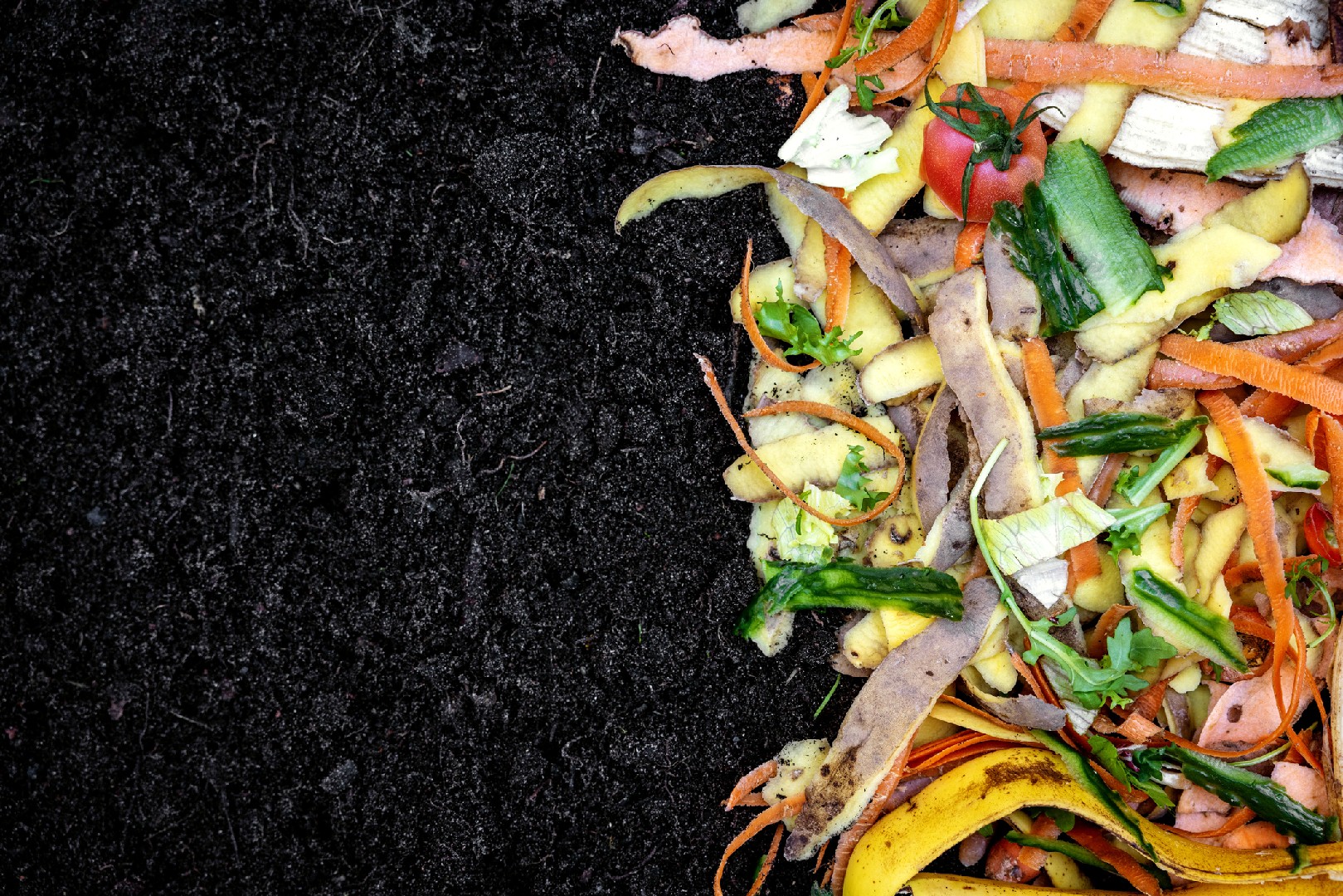![Rectangle]()
Composting 101: Getting Started
Composting is a simple and effective method of turning waste into wealth. By composting organic materials such as kitchen and garden waste, you can create nutrient-rich compost that can be used to enhance the growth of your plants and vegetables. In this section, we will explore the necessary components for successful composting, identify suitable waste for composting, and guide you through setting up your first compost pile or bin.
To start composting, you will need three main components: browns, greens, and water. Browns refer to carbon-rich materials such as dried leaves, straw, or shredded newspaper. Greens, on the other hand, are nitrogen-rich materials like grass clippings, fruit and vegetable scraps, and coffee grounds. It's important to have a good balance between browns and greens in your compost pile, as this will help promote the breakdown of organic matter.
When it comes to choosing suitable kitchen and garden waste for composting, it's important to avoid meat, dairy products, and oily foods, as they can attract pests or lead to unpleasant odors. Instead, focus on vegetable and fruit scraps, coffee grounds, tea leaves, eggshells, and yard trimmings. These materials are rich in nutrients and will contribute to the overall health of your compost.
Once you have gathered your composting materials, it's time to set up your compost pile or bin. You can choose to create a simple pile in your garden or use a compost bin, which helps contain the materials and speeds up the composting process. If you are using a compost bin, make sure it has proper aeration and drainage.
To start your compost pile, begin by layering your browns and greens. Start with a layer of browns, followed by a layer of greens, and continue this alternating pattern. Make sure to keep the pile moist by adding water regularly, as this will help accelerate the decomposition process.
It's important to turn your compost pile regularly to ensure proper airflow and decomposition. This can be done using a pitchfork or a compost turning tool. Turning your pile every few weeks will help mix the materials and promote faster composting.
Remember, composting is a gradual process that requires patience and regular maintenance. Over time, you will start to see the transformation of your waste into nutrient-rich compost that can be used to nourish your plants and create a sustainable garden. So, gather your materials, set up your compost pile or bin, and let nature work its magic!





